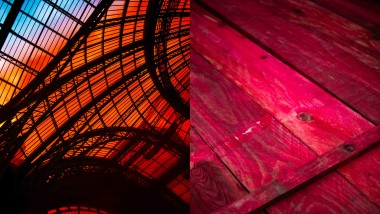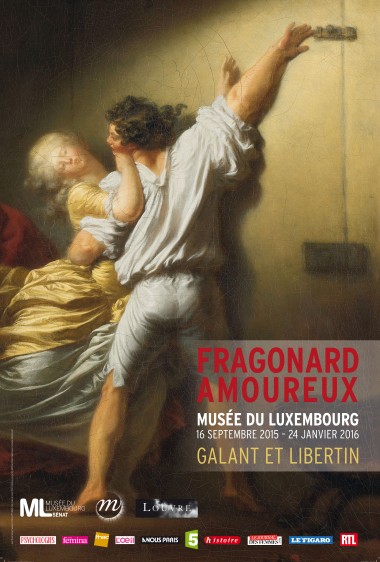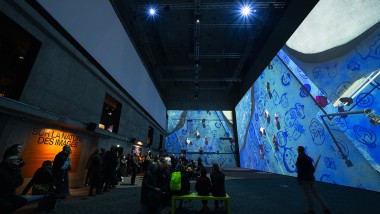
Fragonard and Romantic Allegory
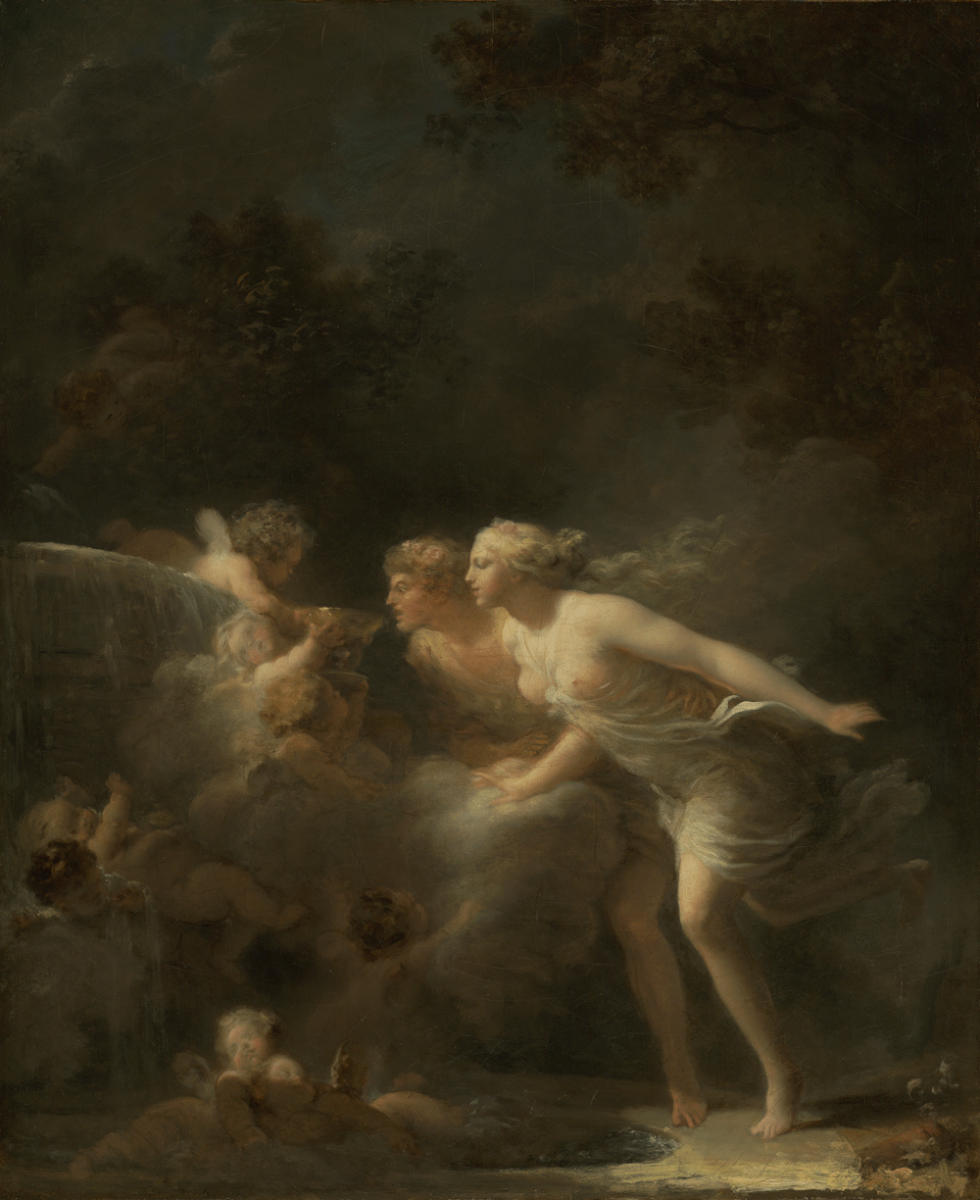
This work, as well as another, The Kisses (1770), a collection of poems by Claude-Joseph Dorat and also illustrated by Charles Eisen, seem to have had a profound influence on Fragonard during the final decade of his artistic career. From the end of the 1770s, "Frago" produced a collection of allegorical romantic compositions, in a style inspired by Antiquity whose themes intersect with the antique romantic poetry known as "anacreontic": the fusion of romance and sexual enjoyment with nature of complicity. The painter uses the same metaphors as the poet, including the torch of love and the rose, the flower of Venus.
This was some of the last work produced by Fragonard, as the painter is thought to have put down his brushes around the start of the 1790s. "Frago" rejected the light-filled readability of his "neoclassical" contemporaries, instead plunging his images into the misty twilight of night and dreams.
At the start of the shift towards Romanticism, Fragonard subtly questioned the sincerity, reciprocity and durability of the sentiment of love. Thus The Serment of Love, The Fountain of Love and The Vow to Love.

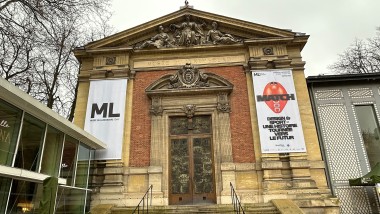
Design goes the extra mile for sport! The trailer for the next exhibition at the Musée du Luxembourg
Article - 11 March 2024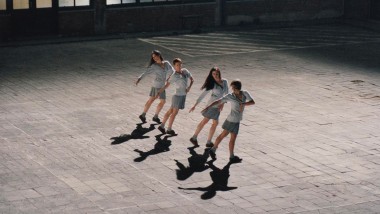
‘Rosas Danst Rosas', A contemporary dance by Anne Teresa De Keersmaeker in response to Stein
Article - 24 January 2024